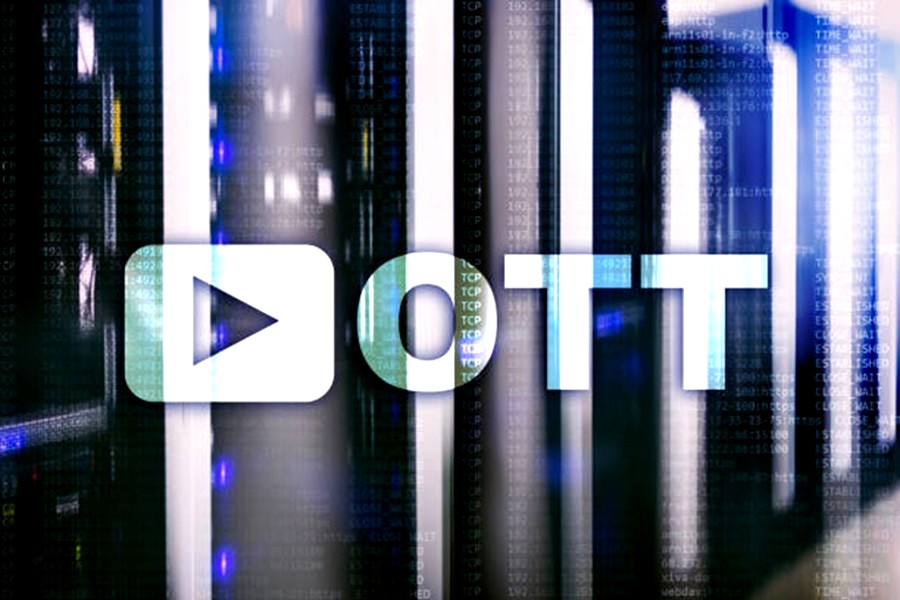
First of all
Television has evolved significantly since it was first introduced, and people’s habits on how they watch this common kind of entertainment have also evolved.
This lesson will cover the history of television, the development of digital television, and the benefits and drawbacks of Future Internet Protocol Television (FUTURE IPTV).
Given the background of television history, one may argue that we are living in the second or third Golden Age of this specific kind of media. The first Golden Age began in the 1950s with the invention of television, a revolutionary idea at the time. Big efforts were made by organizations like RCA and Hollywood studios to advance television’s technological capabilities, which was essential to the medium’s global acceptance. Over time, the introduction of formulaic programming on television caused important changes that set the stage for a new surge of inventiveness in the twenty-first century.
Revolution of Digital Television
When the technology known as “Digital TV” was released in the 2000s, a major paradigm change took place. During this time, the availability of broadband internet, high-speed internet, and information distribution all came together. The television business has seen a significant transition thanks to technologies like web television, video-on-demand, high-definition television (HDTV), online video platforms, and television streaming. The creation of information and server capacity have increased dramatically as a result of the widespread adoption of Wi-Fi technology. This is because it has further enhanced the information’s accessibility.
Television Services That Are Not Typical
The broad adoption of digital television has allowed non-traditional television providers like YouTube, Apple, and Amazon to establish themselves as major players in the digital television industry. Because there are so many television channels available on these platforms, an increasing number of viewers were forced to reevaluate their reliance on cable or satellite service providers, therefore expanding their selection of available content.
IPTV
Amidst these developments, Future Internet Protocol Television (FUTURE IPTV) emerged as a game-changing idea in the field of watching television. Unlike traditional television, IPTV enables the delivery of both visual and audio content via an IP network with the use of a set-top box and an internet connection. This technology revolution has changed not only how material is delivered, but it has also introduced interactive features that allow users to blend television with other IP-based services and record and stop live television sessions.
Understanding the IPTV Workflow
You will discover that the internal workings of IPTV are fascinating if you are curious to learn more. A viewer requests content from servers that are connected via an IP network when they click on an IPTV show to see it. The internet protocol linked to the server is used by the server to compress the video content before transferring it to a neighboring node. This technique improves the overall quality of the viewing experience by including interactive aspects that are not possible with traditional television.
Streaming over High-Speed Internet
The digital TV revolution has led to an accelerated expansion in server capacity and content generation, which has also allowed the development of over-the-top (OTT) streaming services possible. Businesses that provided a wide variety of television channels and content, including Apple, Amazon, and YouTube, were among those that profited from this trend. The sheer quantity of alternatives that viewers can now choose from on various platforms has drastically changed the television landscape by giving them access to previously unimaginable options.
The IPTV Managed Network
Content transmission within the Future Internet Protocol Television (FUTURE IPTV) system requires a regulated network, which might be a privately managed service provider network, a private local area network (LAN), or a wide area network (WAN). However, a large amount of the content offered by IPTV services is stored on servers located in data centers, as opposed to the live broadcasts that are offered by cable or satellite systems. Apart from guaranteeing an improved quality of service, this differentiation adds to the greater adaptability and personalization that IPTV provides.
Final thoughts
From its modest origins, television has evolved to become a lively and ever-expanding medium. The digital era began with the introduction of digital television and the growth of Future Internet Protocol Television (FUTURE IPTV), which completely changed how people watch television. Thanks to the interactive capabilities of Future Internet Protocol Television (FUTURE IPTV) and the vast array of possibilities offered by non-traditional television providers, viewers now have an unparalleled degree of control and choice. As technology develops further, it is expected that television will see even more innovation in the future. Viewers will have access to a variety of engaging and interesting entertainment alternatives thanks to this.
- Signs It’s Time To Consult A Personal Injury Lawyer
- Los Angeles: Harlem’s Melba Moore To Star Gospel Play “Heavenbound” Alongside Kenny Lattimore
- Sponsored Love: The Empire Lounge & Restaurant, A Blend Of Class And Culinary Extravagance
- From Festive Feasts To Healthy Eating: Rebalancing Your Gut Microbiome
- How Should I Prep For The MCAT?
Become a Harlem Insider!
By submitting this form, you are consenting to receive marketing emails from: . You can revoke your consent to receive emails at any time by using the SafeUnsubscribe® link, found at the bottom of every email. Emails are serviced by Constant Contact









